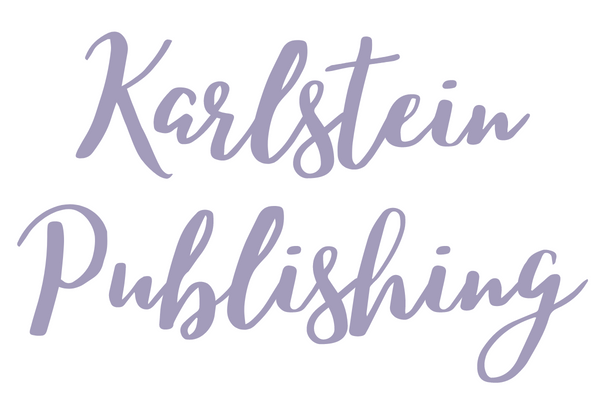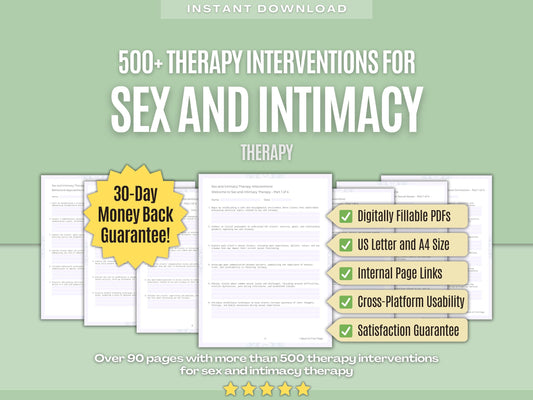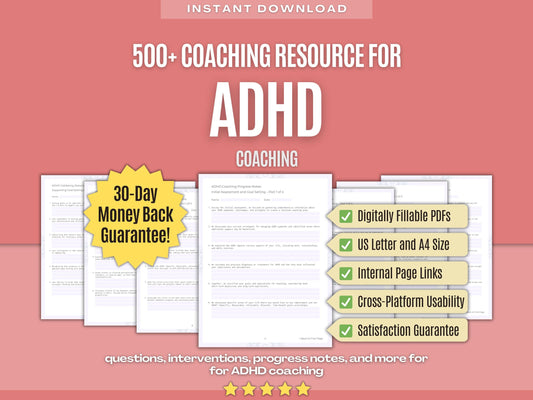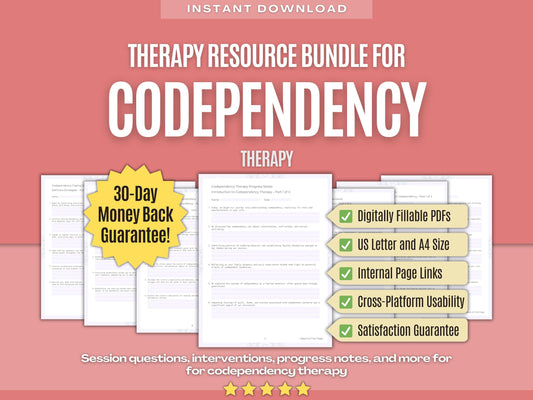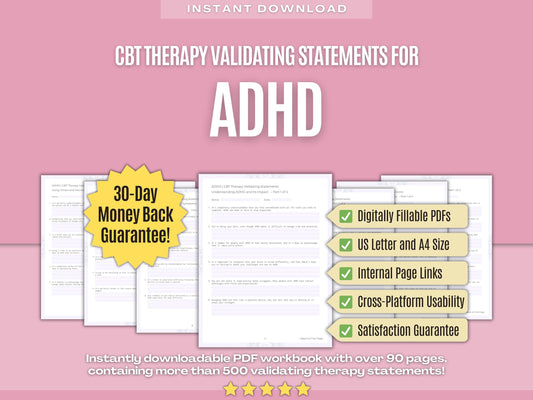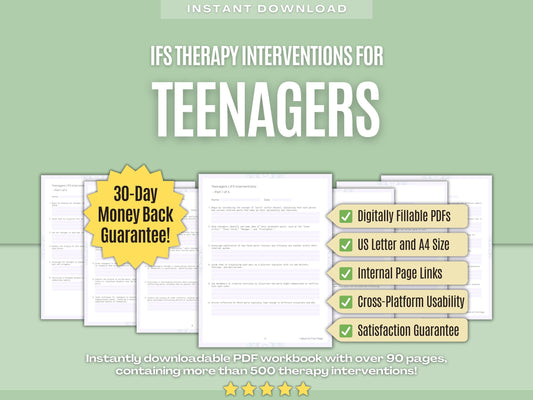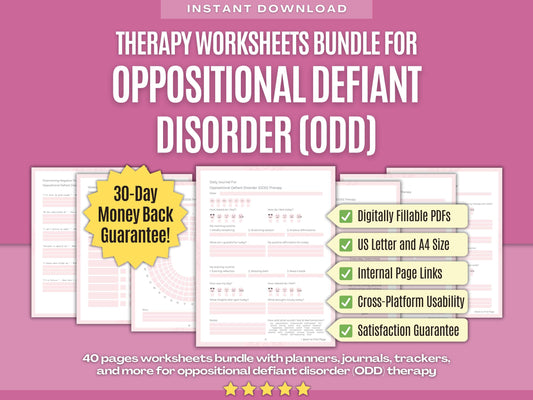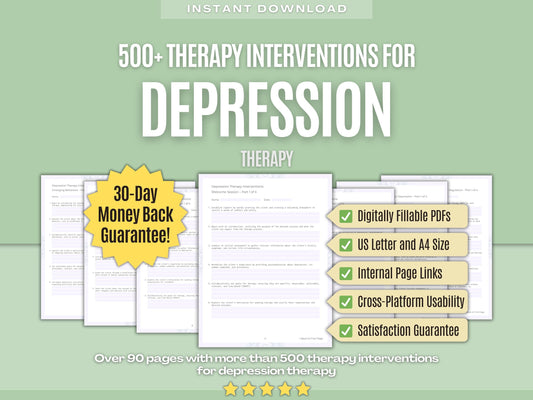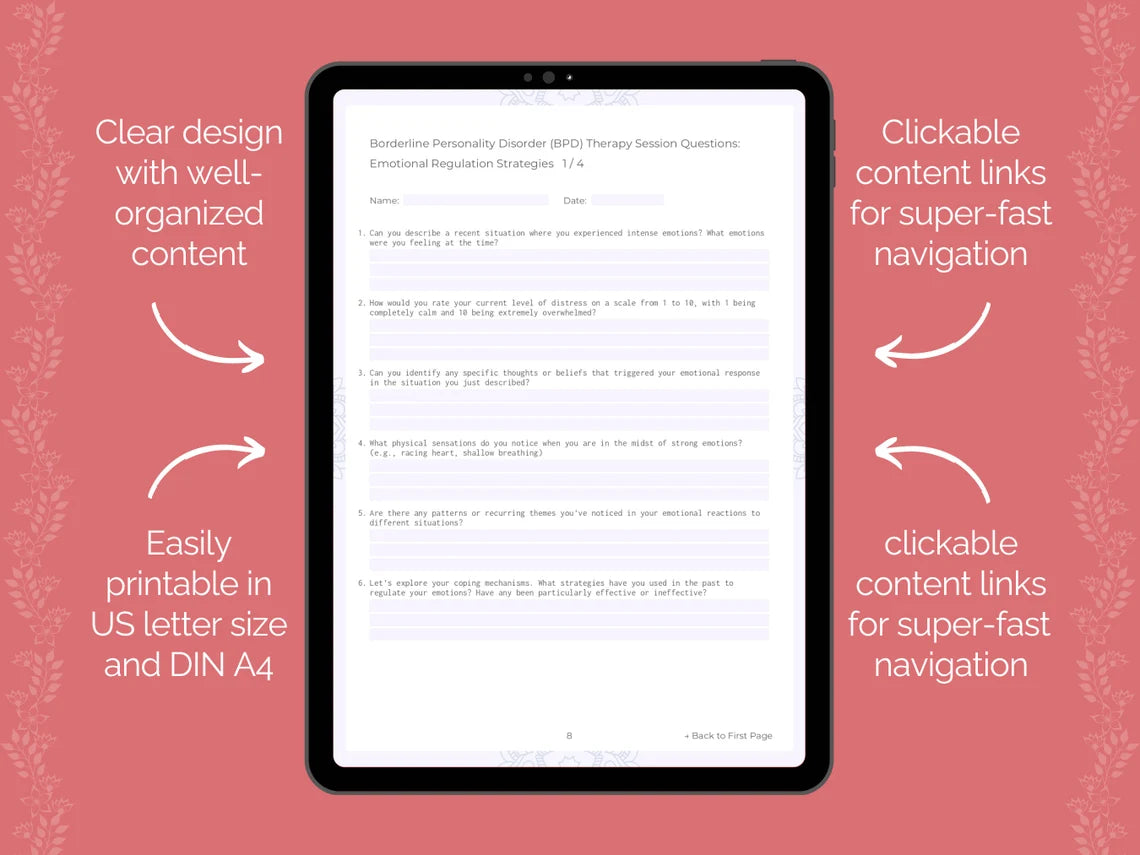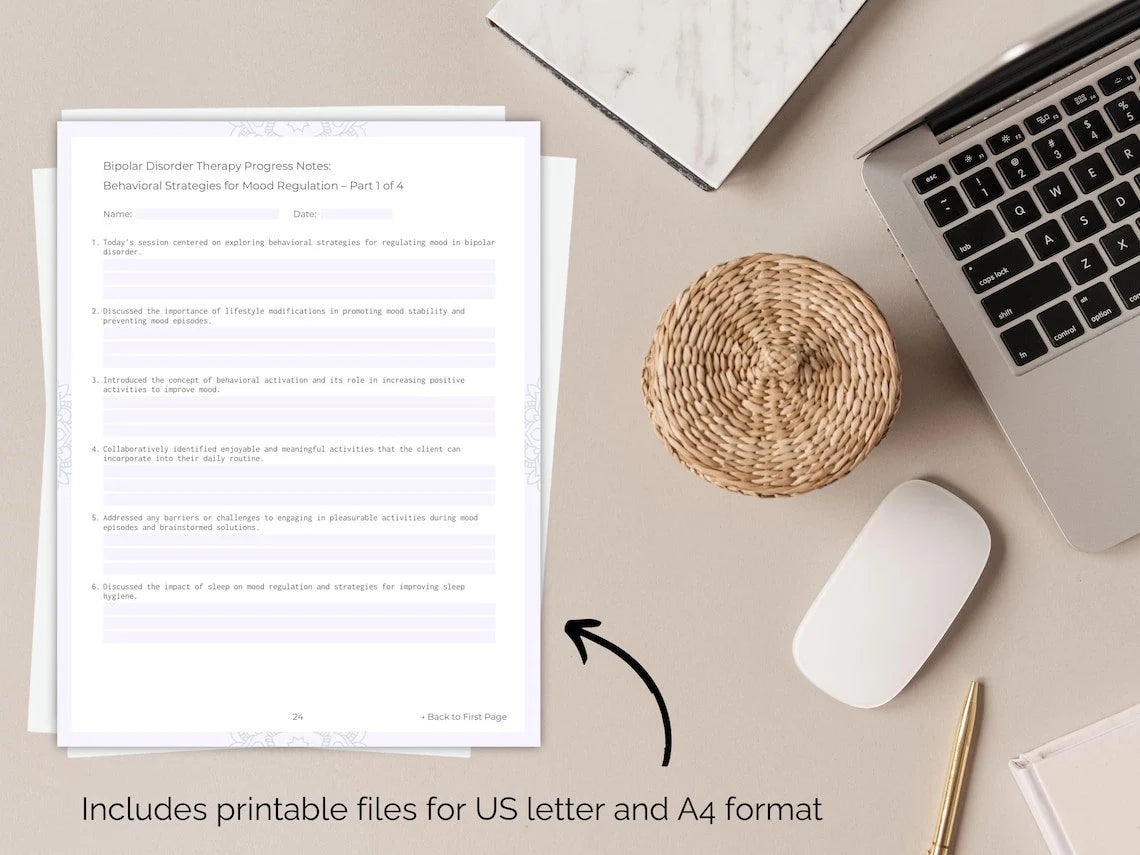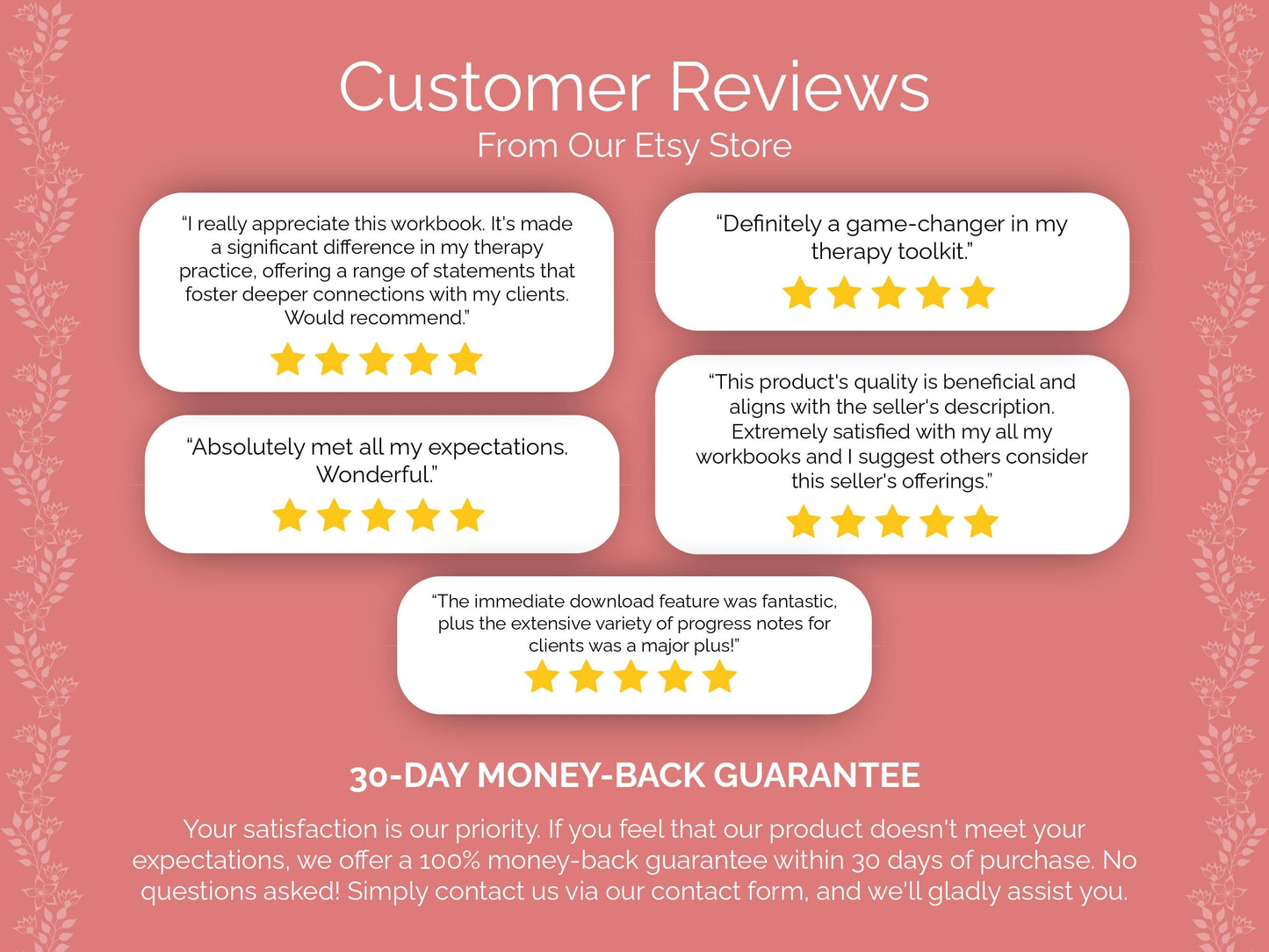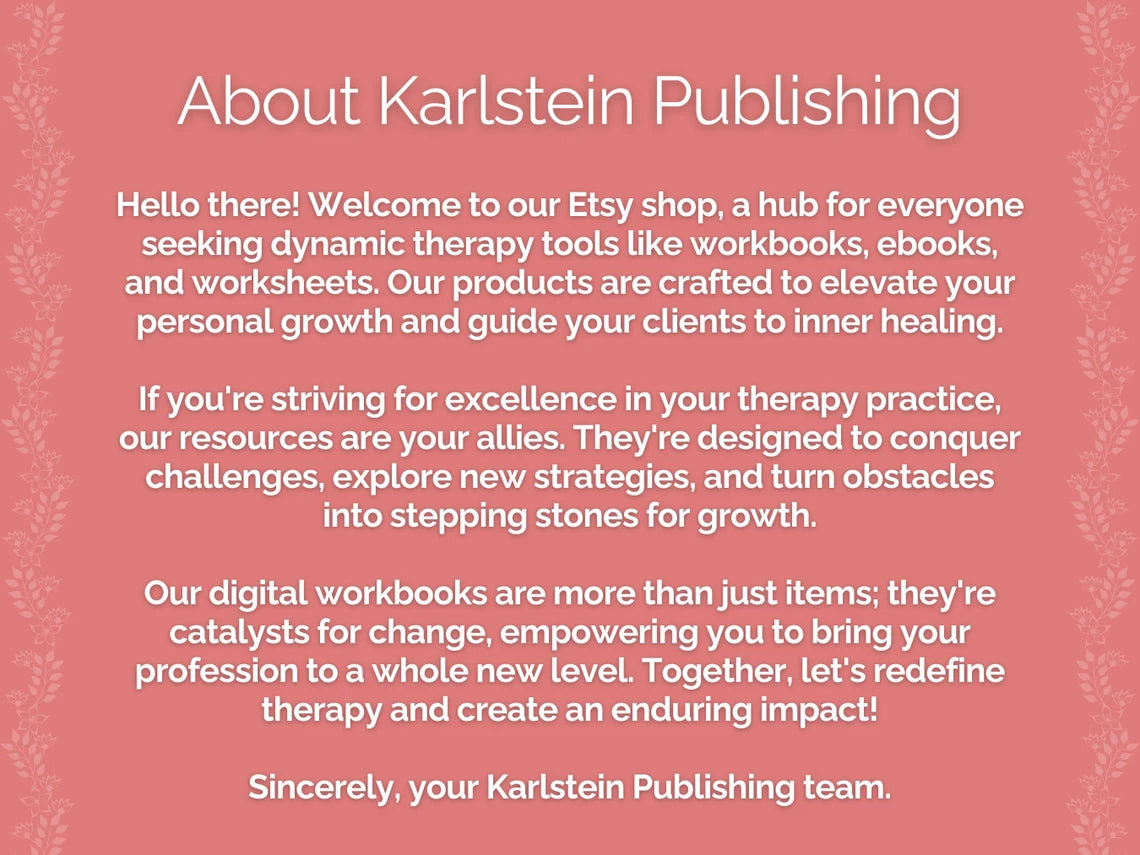Elevate Your Therapy and Guide Your Clients to Inner Healing with Our Hoarding Disorder Therapy Progress Notes! ✨
1. Session Start
- Began today's session by welcoming the client and creating a supportive and nonjudgmental atmosphere.
- Checked in with the client about any changes or developments since the last session, including progress, setbacks, or challenges.
- Inquired about the client's adherence to any homework assignments or strategies discussed in previous sessions.
- Encouraged the client to express any thoughts or feelings that have emerged since the previous session.
- Celebrated any successes or milestones the client has achieved since the last session.
- Offered support and encouragement to help the client navigate challenges and setbacks effectively.
- Explored the client's current motivation and commitment to the treatment process.
- Provided psychoeducation or skill-building exercises related to hoarding disorder as needed.
- Encouraged the client to reflect on their values and long-term goals to reinforce motivation for change.
- Explored any recent life events or stressors that may be impacting the client's hoarding behaviors.
- Collaboratively set the agenda for the remainder of the session based on the client's priorities and goals.
2. Understanding Hoarding
- Today's session focused on deepening the client's understanding of hoarding disorder and its underlying factors.
- Discussed the prevalence of hoarding disorder and its impact on individuals, families, and communities.
- Explored the cognitive-behavioral model of hoarding disorder, including beliefs, thoughts, and emotions driving hoarding behaviors.
- Discussed the neurobiological and genetic factors that may contribute to the development of hoarding disorder.
- Reviewed the influence of environmental factors, such as trauma or loss, on the onset and maintenance of hoarding behaviors.
- Explored the functional significance of hoarding behaviors as a coping mechanism for managing distress or uncertainty.
- Provided examples and case studies to illustrate the diversity of experiences among individuals with hoarding disorder.
- Explored the stages of hoarding disorder, from acquisition to difficulty discarding and clutter accumulation.
- Reviewed the various subtypes of hoarding disorder, such as animal hoarding or squalor hoarding, and their unique challenges.
- Explored cultural and societal factors that may influence attitudes and beliefs about possessions and hoarding behaviors.
- Provided resources and references for further reading on hoarding disorder and related topics.
3. Mindfulness for Clutter
- Today's session centered on introducing mindfulness techniques as a therapeutic approach for managing clutter and hoarding behaviors.
- Discussed the concept of mindfulness as paying deliberate attention to the present moment without judgment.
- Reviewed the role of mindfulness in increasing awareness of automatic thoughts, emotions, and behaviors related to hoarding.
- Explored the client's experience during the mindfulness exercise and any observations or insights that emerged.
- Addressed common challenges or resistance the client may encounter when practicing mindfulness in cluttered environments.
- Explored the concept of "urge surfing" as a mindfulness technique for riding out the urge to acquire or save items impulsively.
- Encouraged the client to maintain a mindful attitude towards clutter without becoming overwhelmed or self-critical.
- Explored the connection between mindfulness and enhancing decision-making skills when discarding items.
- Provided examples of mindfulness exercises or resources that the client can practice independently between sessions.
- Encouraged the client to cultivate a curious and open-minded attitude towards their experiences with mindfulness.
- Offered guidance and support for troubleshooting any difficulties or barriers the client may encounter when practicing mindfulness.
4. Dialectical Behavior Therapy (DBT) for Emotional Tolerance
- Today's session focused on introducing dialectical behavior therapy (DBT) as a treatment approach for enhancing emotional tolerance in individuals with hoarding disorder.
- Discussed the importance of emotional regulation skills in managing distress and reducing impulsive behaviors, such as acquiring or saving possessions.
- Guided the client through mindfulness exercises focused on observing thoughts, emotions, and physical sensations without judgment.
- Addressed common emotional triggers for hoarding, such as anxiety, sadness, or guilt, and their impact on decision-making.
- Reviewed the STOP skill (Stop, Take a step back, Observe, Proceed mindfully) as a tool for interrupting impulsive urges and responding more effectively to emotional distress.
- Encouraged the client to practice self-soothing techniques, such as deep breathing or progressive muscle relaxation, during times of emotional distress.
- Explored the function of emotions in hoarding behaviors and strategies for identifying and addressing unmet needs or underlying vulnerabilities.
- Addressed any barriers or challenges the client may encounter when practicing DBT skills outside of session.
- Explored the client's attitudes and beliefs about emotions and their ability to tolerate distress.
- Addressed any fears or concerns the client may have about experiencing and expressing emotions in a therapeutic setting.
- Provided feedback and reinforcement for the client's efforts and progress in applying DBT skills to manage emotional distress related to hoarding behaviors.
5. Interpersonal Therapy (IPT) for Relationship Impacts
- Today's session focused on introducing interpersonal therapy (IPT) as a therapeutic approach for addressing the interpersonal impacts of hoarding disorder.
- Discussed the impact of hoarding behaviors on the client's relationships with family members, friends, and other significant others.
- Conducted a detailed assessment of the client's social functioning and any difficulties or conflicts experienced in their relationships due to hoarding.
- Addressed any feelings of shame, guilt, or embarrassment the client may experience related to their hoarding behaviors and their impact on relationships.
- Collaboratively identified interpersonal goals for therapy, such as improving communication skills, setting boundaries, or rebuilding trust in relationships.
- Discussed any role transitions the client may be experiencing and their potential impact on hoarding behaviors and interpersonal functioning.
- Addressed any unresolved conflicts or unresolved issues within the client's relationships that may contribute to hoarding behaviors.
- Integrated communication skills training to help the client express their needs, set boundaries, and resolve conflicts effectively within relationships.
- Explored the client's expectations and desires for their relationships and how hoarding behaviors may be interfering with their fulfillment.
- Collaboratively developed strategies for repairing and strengthening relationships impacted by hoarding, including apologies, restitution, or forgiveness.
- Encouraged the client to practice assertiveness and self-advocacy skills in communicating their needs and boundaries within relationships.
6. Emotion-Focused Therapy (EFT) for Attachment to Items
- Today's session focused on introducing emotion-focused therapy (EFT) as a therapeutic approach for addressing attachment to items in individuals with hoarding disorder.
- Discussed the role of attachment in hoarding behaviors, including emotional attachment to possessions and the function they serve in regulating distress.
- Validated the client's emotions and experiences, creating a safe and empathetic space for them to explore and express their feelings.
- Explored the client's attachment patterns and relational history, including early experiences of attachment and loss that may influence hoarding behaviors.
- Encouraged the client to identify and articulate the underlying emotions driving their attachment to possessions, such as loneliness, sadness, or fear.
- Addressed any ambivalence or conflicting emotions the client may experience about letting go of possessions.
- Provided psychoeducation about emotion regulation skills and strategies for coping with intense emotions without relying on hoarding behaviors.
- Integrated experiential exercises or imagery techniques to help the client process and release emotions associated with specific possessions.
- Addressed any cognitive distortions or irrational beliefs that may perpetuate attachment to items, such as overvaluing possessions or catastrophic thinking about discarding.
- Collaboratively set goals for exploring and processing emotions related to hoarding in future sessions.
- Provided feedback and validation for the client's courage and openness in exploring their emotions within therapy.
7. Psychodynamic Understanding of Accumulation
- Today's session delved into the psychodynamic understanding of accumulation and its relevance in hoarding disorder therapy.
- Explored the potential roots of accumulation behaviors in early childhood, particularly disruptions in attachment, loss, or trauma.
- Conducted a thorough assessment of the client's psychological functioning, including defense mechanisms, coping strategies, and intrapsychic conflicts.
- Explored the symbolic significance of possessions in the client's life and their connection to unconscious desires, fears, or fantasies.
- Addressed any underlying psychological needs or vulnerabilities that may be driving the client's compulsion to accumulate possessions.
- Integrated ego psychology to assess the client's capacity for reality testing, impulse control, and adaptation in relation to accumulation behaviors.
- Encouraged the client to engage in free association exercises to access unconscious thoughts and emotions related to their accumulation patterns.
- Addressed any unresolved grief or loss experiences that may be fueling the client's need to accumulate possessions as a form of comfort or security.
- Discussed any patterns of repetition or reenactment in the client's accumulation behaviors, considering their significance in relation to unresolved conflicts or traumas.
- Addressed any anxieties or fears the client may have about exploring the unconscious roots of their accumulation behaviors.
- Provided interpretation and insight into unconscious themes and dynamics underlying the client's accumulation patterns, fostering self-awareness and understanding.
8. Healing Rhythms in Music
- Today's session focused on the use of healing rhythms in music as a therapeutic approach for individuals with hoarding disorder.
- Discussed the potential benefits of engaging with music, including stress reduction, mood enhancement, and fostering a sense of connection.
- Conducted a discussion about different musical genres, styles, and instruments, and their potential relevance to the client's therapeutic goals.
- Encouraged the client to approach music-making with openness, curiosity, and a willingness to explore and experiment.
- Integrated mindfulness techniques into the music-making process to help the client stay present and focused on the rhythmic experience.
- Discussed the potential emotional and physical sensations that may arise during the music-making process, inviting the client to notice and reflect on their experiences.
- Encouraged the client to notice any self-critical thoughts or judgments that arise during music-making and to practice self-compassion and acceptance.
- Provided prompts or themes for musical exploration, tailored to the client's specific therapeutic goals and areas of focus.
- Encouraged the client to view their musical experiences as opportunities for self-expression, emotional release, and relaxation.
- Collaboratively set goals for ongoing musical exploration and expression in future sessions, considering the client's evolving therapeutic journey.
- Provided feedback and validation for the client's musical efforts and insights, affirming the value of their rhythmic expression in therapy.
9. Concluding Session Reflections
- Today's session marked the conclusion of our therapeutic journey together, providing an opportunity for reflection and closure.
- Discussed the challenges and obstacles the client has faced along the way, highlighting their resilience and determination in overcoming them.
- Addressed any remaining concerns or unfinished business the client may have, providing a space for closure and resolution.
- Explored the client's strengths and resources that they can draw upon as they navigate challenges beyond therapy.
- Integrated gratitude exercises to help the client express appreciation for the support and guidance they have received throughout therapy.
- Encouraged the client to reflect on the therapeutic relationship and the impact it has had on their growth and healing.
- Discussed the importance of maintaining self-care practices and coping strategies learned in therapy to support ongoing well-being.
- Addressed any future goals or aspirations the client may have, exploring how they can continue to work towards them outside of therapy.
- Explored any concerns or apprehensions the client may have about maintaining progress after therapy ends, providing reassurance and guidance.
- Provided a space for the client to express any final thoughts or feelings about their therapy experience, validating their experiences and emotions.
- Encouraged the client to reflect on their personal growth and accomplishments throughout therapy, recognizing their resilience and inner strength.
10. Path Forward
- Today's session focused on mapping out the path forward for the client as they continue their journey towards recovery from hoarding disorder.
- Discussed the importance of creating a comprehensive plan for maintaining progress and managing challenges outside of therapy sessions.
- Conducted a thorough assessment of the client's ongoing needs, goals, and areas of focus as they transition out of therapy.
- Encouraged the client to identify specific strategies and tools that have been helpful in managing hoarding behaviors and promoting well-being.
- Discussed the importance of self-care practices and stress management techniques in maintaining emotional and mental well-being.
- Addressed any unresolved issues or emotions that may still be impacting the client's ability to move forward with confidence.
- Provided guidance and support for the client in developing a structured daily routine that includes time for self-care, relaxation, and meaningful activities.
- Explored opportunities for the client to continue engaging in activities or hobbies that bring them joy and fulfillment.
- Encouraged the client to stay connected to their support network and to seek help or guidance when needed.
- Discussed the importance of regular self-monitoring and reflection to track progress and identify areas for continued growth.
- Encouraged the client to stay committed to their recovery journey and to celebrate their successes along the way.
We hope that our therapy progress notes for Hoarding Disorder therapy will help you to elevate your therapy practice and guide your clients to inner healing! Do you need more therapy progress notes for Hoarding Disorder therapy? Find them all in our Digital Workbook! Or do you have any questions or suggestions for us? Please feel free to contact us at any time!
